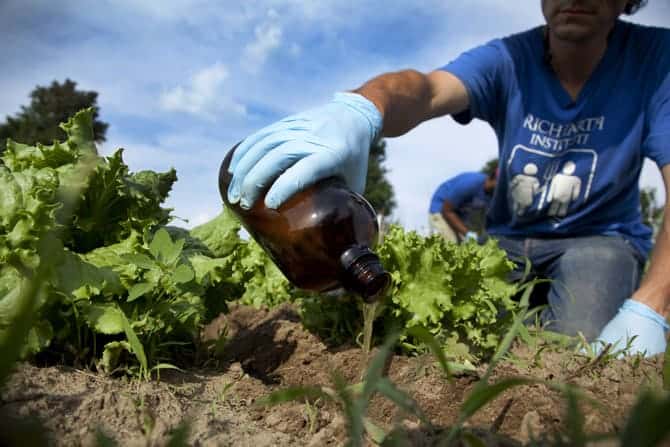Environmental Chemistry and Soil Physics

The environmental engineering profession is undergoing an exciting period of reinvention, one in which the traditional practice of contaminated site characterization and remediation has been augmented with the forward-looking design and implementation of pollution prevention strategies and green manufacturing. Hazardous substance treatment and control deals with the collection, mitigation, removal and recycling of long-targeted environmental priority pollutants and newer emerging contaminants of interest.
Fundamental physical and chemical principles of mass transfer and reaction kinetics for organic and inorganic contaminants in soils are applied in the development of processes for immobilization or transformation of heavy metals, halogenated compounds and radioactive materials. Green chemistry and sustainability concepts likewise find application in industrial hygiene for the creation of environmentally benign processes and products, healthy habitats, and sustainable water supplies.
Research areas of interest in the Environmental Chemistry and Soil Physics group include:
- Development of nanoscale particles for surface-catalyzed reductive dechlorination of chlorinated solvents
- Reformulation and production of environmentally sustainable metal working lubrication and cooling fluids
- Metal ion and radionuclide sequestration for groundwater remediation
- Bioreactor systems for the production of reduced iron sulfide for the simultaneous removal of nitrate, perchlorate, and arsenic
- Assessment of exposure to soil contamination in populated areas
- Permeable reactive barriers for the remediation of polluted groundwater
- Effects of organic compound chemistry on subsurface transport
- Impact of municipal landfill leachate compositions on clay properties and soil wettability
- Reduction of permeability during surfactant-enhanced aquifer remediation
Graduate Programs
Apply
Facilities